|
Carnivorous Plant Newsletter
Volume 42, Number 4, December 2013, pages 145 - 152
New Cultivars
Cephalotus follicularis ‘Clayton’s T Rex’
Dionaea ‘Bec de Lièvre’
Dionaea ‘Iris’
Sarracenia ‘Mesa Exotics’
Sarracenia ‘Stingray’
Sarracenia ‘Vintner’s Treasure’
Dionaea ‘Cheerleader’
Dionaea ‘St. Patrick’s Beard’
Cephalotus follicularis ‘Clayton’s T Rex’
Submitted: 12 June 2013
Cephalotus follicularis ‘Clayton’s T Rex’ is the cultivar with the largest and rarest of all the teratological traps, up to 5 cm long and 5 cm deep (Fig. 1). These grow horizontal, out from the crown, and their most distinguishing feature is the reverse or 45° backward sloping pitcher. Rather than having a lid, it has what can only be described as horns; these seldom open however. I have named this clone Cephalotus follicularis ‘Clayton’s T Rex’. The Clayton after myself, commemorating my uninterrupted 25 years of involvement in commercial carnivorous plant production. The ‘T Rex’ because it is the undisputed king of the teratological leaved Cephalotus follicularis. Teratological traps are produced along with the normal carnivorous traps. However, when grown commercially, under controlled conditions at Triffid Park, these will grow at any time of the year. At the time of writing, it is not known if the teratological leaves/traps are carnivorous or not. They are long lasting, and will persist for 12 months or more. The clone is stable in cultivation, but only produces teratological traps rarely. Propagation is by any of the standard vegetative techniques used for Cephalotus follicularis including tissue culture.
—Colin H Clayton • 169 Baxter-Tooradin Road • Baxter • Vic 3911 • Australia
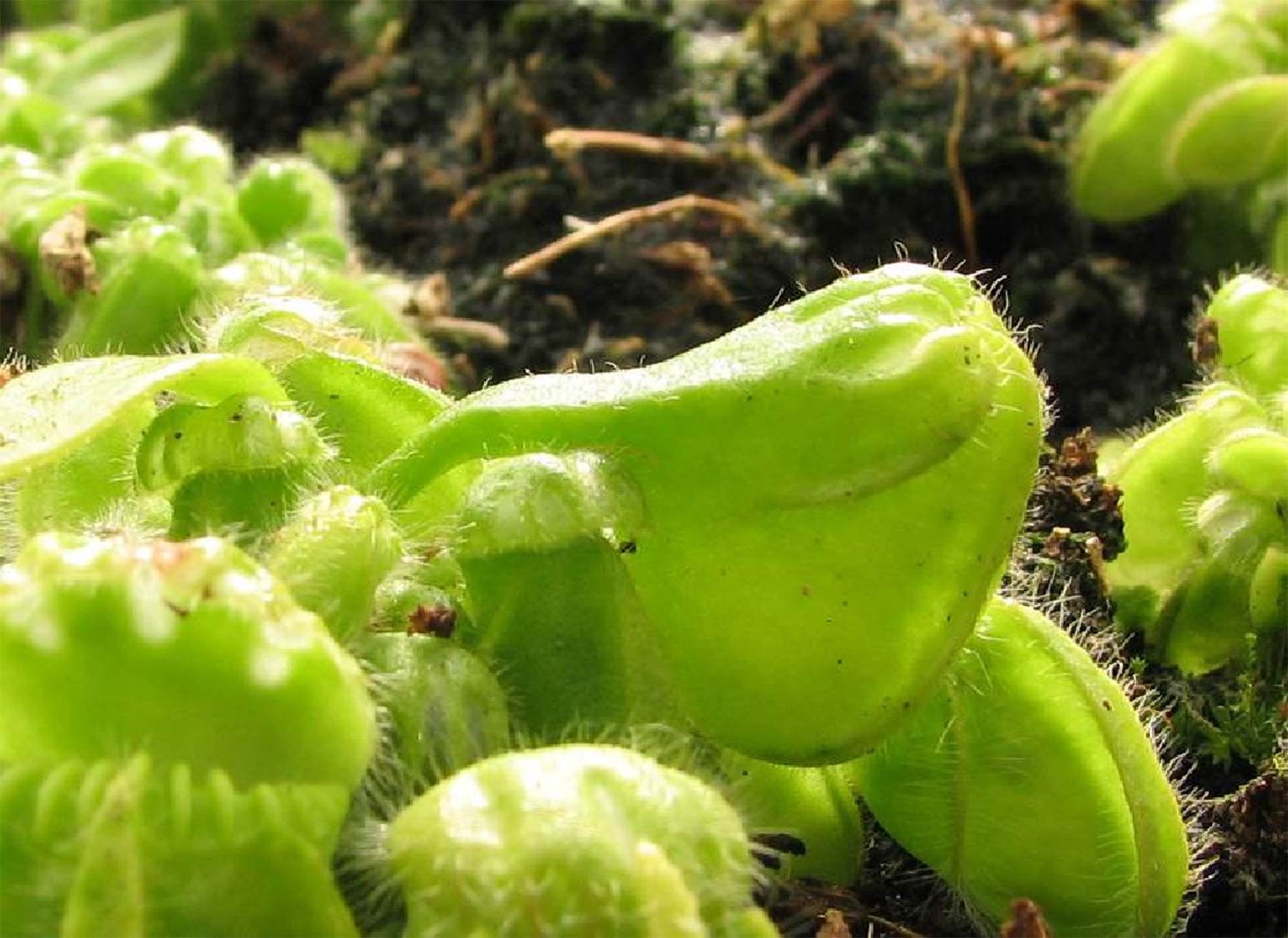
Figure 1: Cephalotus follicularis ‘Clayton’s T Rex’.
Dionaea ‘Bec de Lièvre’
Submitted: 27 June 2013
The parentage of Dionaea ‘Bec de Lièvre’ is unknown because this plant was found in a garden center in September 2010. Dionaea ‘Bec de Lièvre’ was named in December 2012 by the author.
Petioles are regular, green and carry deformed traps of about 2.5 cm (Fig. 2). The frequency of these deformations is random, but occurs more frequently in summer and autumn. The traps are tinged with a red color of variable intensity. The plant is vigorous and quickly produces a dense bunch of leaves and traps.
Dionaea ‘Bec de Lièvre’ must be reproduced vegetatively by rhizome or leaf cuttings to preserve the characteristics of the cultivar.
—Bonnet Sébastien • 20 hameau des noëls • 10000 Troyes • France • bonnet.troyes@free.fr
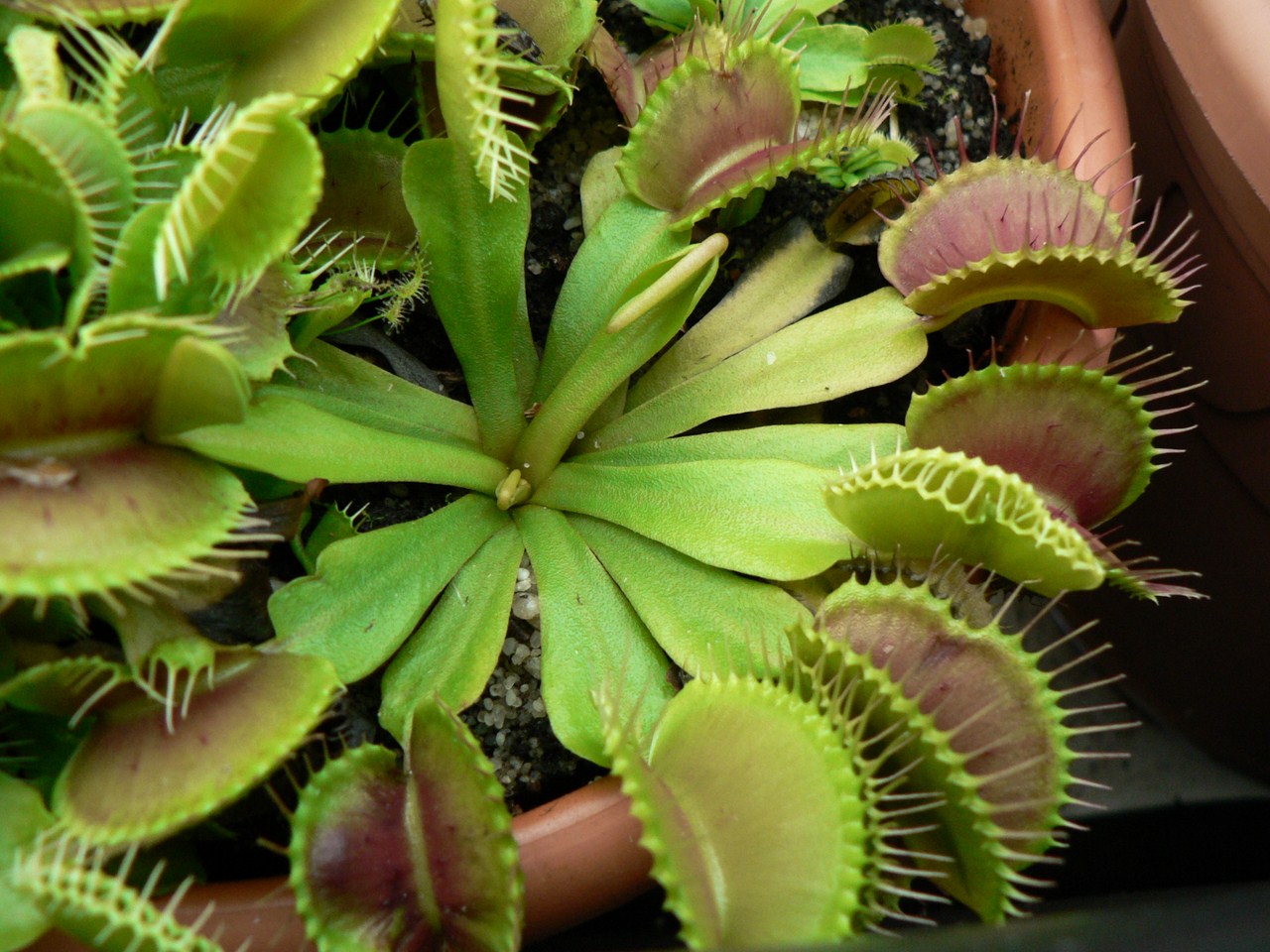 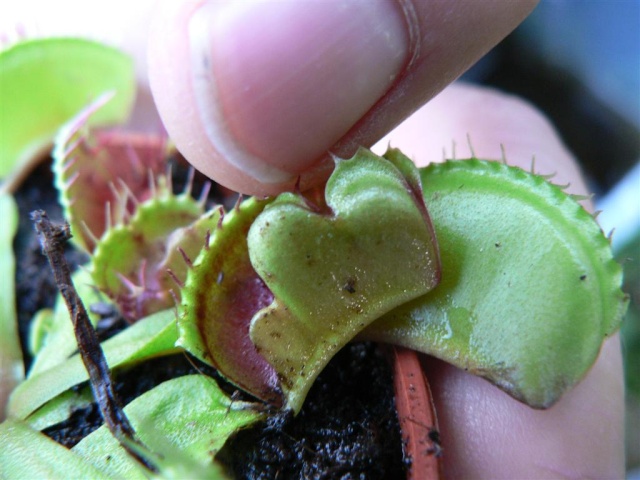
Figure 2: Dionaea ‘Bec de Lièvre’ plant and deformed trap.
Dionaea ‘Iris’
Submitted: 27 June 2013
27 June 2013
The parentage of Dionaea ‘Iris’ is unknown because this plant was found in a garden center in
September 2010. Dionaea ‘Iris’ was named in December 2012 by the author.
Petioles are long, light yellow and with the margins bent upwards (Fig. 3). The traps are about 3 cm. The color of the inside of the young traps is light yellow. Over time, fine red stripes appear, only inside the traps. This tint intensifies throughout the season. The mature plant carries traps with tints in all stages of intensity.
Dionaea ‘Iris’ must be reproduced vegetatively by rhizome or leaf cuttings to preserve the characteristics of the cultivar.
—Bonnet Sébastien • 20 hameau des noëls • 10000 Troyes • France • bonnet.troyes@free.fr
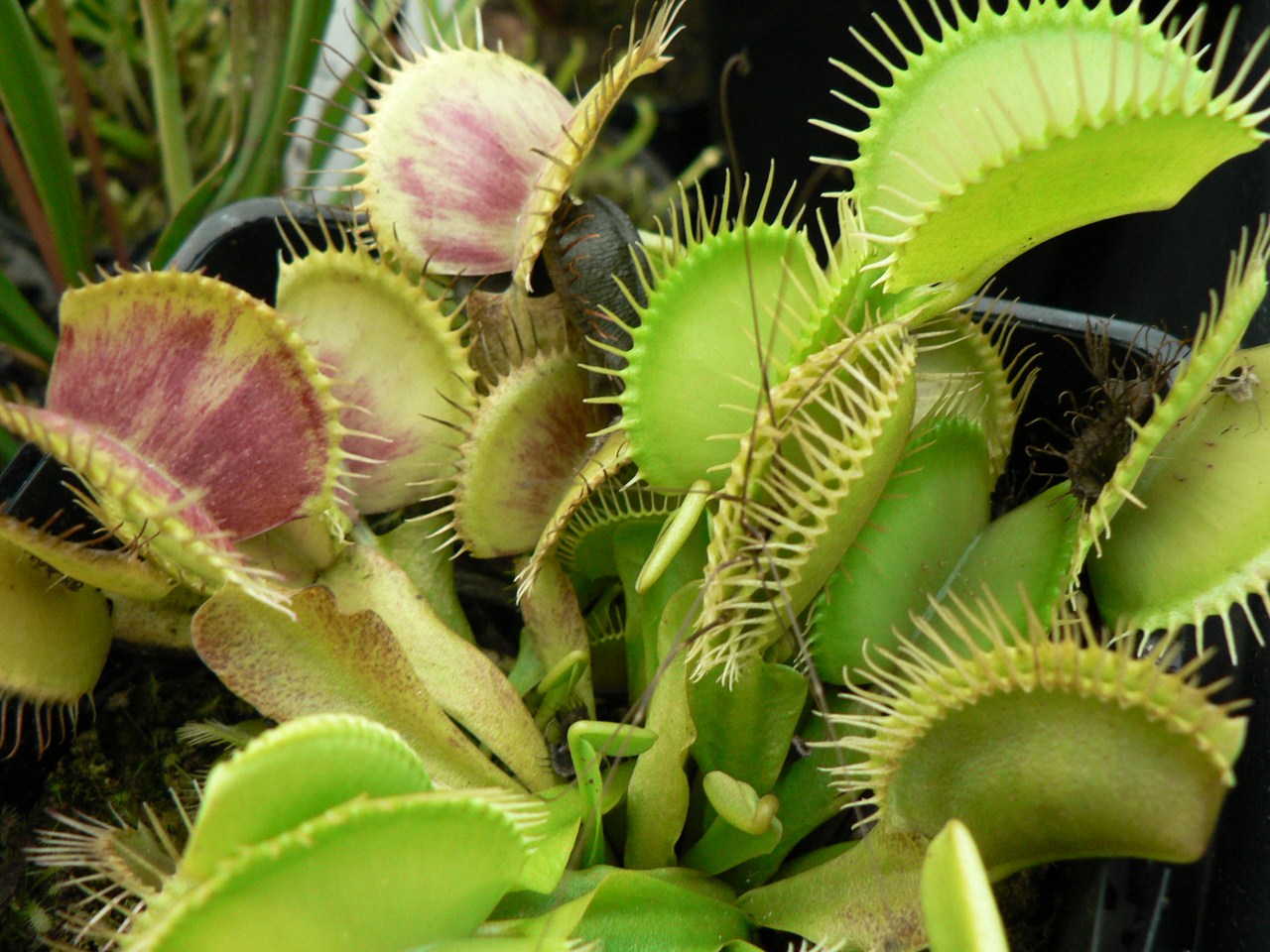 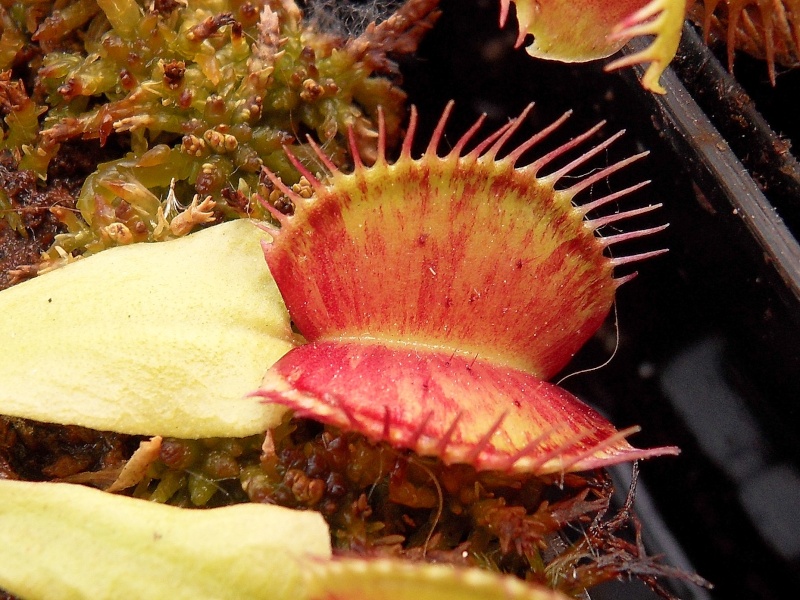
Figure 3: Dionaea ‘Iris’ plant and trap.
Sarracenia ‘Mesa Exotics’
Submitted: 12 June 2013
Sarracenia ‘Mesa Exotics’ (Fig. 4) is a complex hybrid of S. [(oreophila × flava) × purpurea subsp. venosa] × ‘Royal Ruby’ which I made in the spring of 2000. Seed was grown between myself (PF) and Don Elkins and a division of this clone was given to me in 2006 from the seed batch Mr. Elkins grew. I immediately selected it as special and coined the epithet.
The pitchers grow prolifically throughout the season, but are at their largest and most robust from spring through early summer. Mature, well-grown plants will carry pitchers 50-75 cm tall and
5-7.5 cm wide at the mouth, or possibly greater if grown in high humidity. The lids are slightly wider and longer than the mouth and gently undulate. Pitchers start out green with red veins, but as they mature the colors intensify and become a pale creamy green overlaid with thick, glowing, brilliant rust red veins with hints of magenta. These colors extend from the hood downward the entire length of the pitcher. By fall the entire inside of the throat is a shimmering plum purple which contrasts magnificently with the gorgeous exterior colors.
Flowers are a pale red to reddish orange based on the heat index during bud development and are carried in mass profusion on well-grown clumps. Propagation must be via division and cuttings in order to maintain this plant’s unique features.
This cultivar’s epithet pays homage to my friend Don Elkins and his cp nursery Mesa Exotics.
—Phil Faulisi • Santa Clara County • California • USA • phil@usasportsgilroy.com
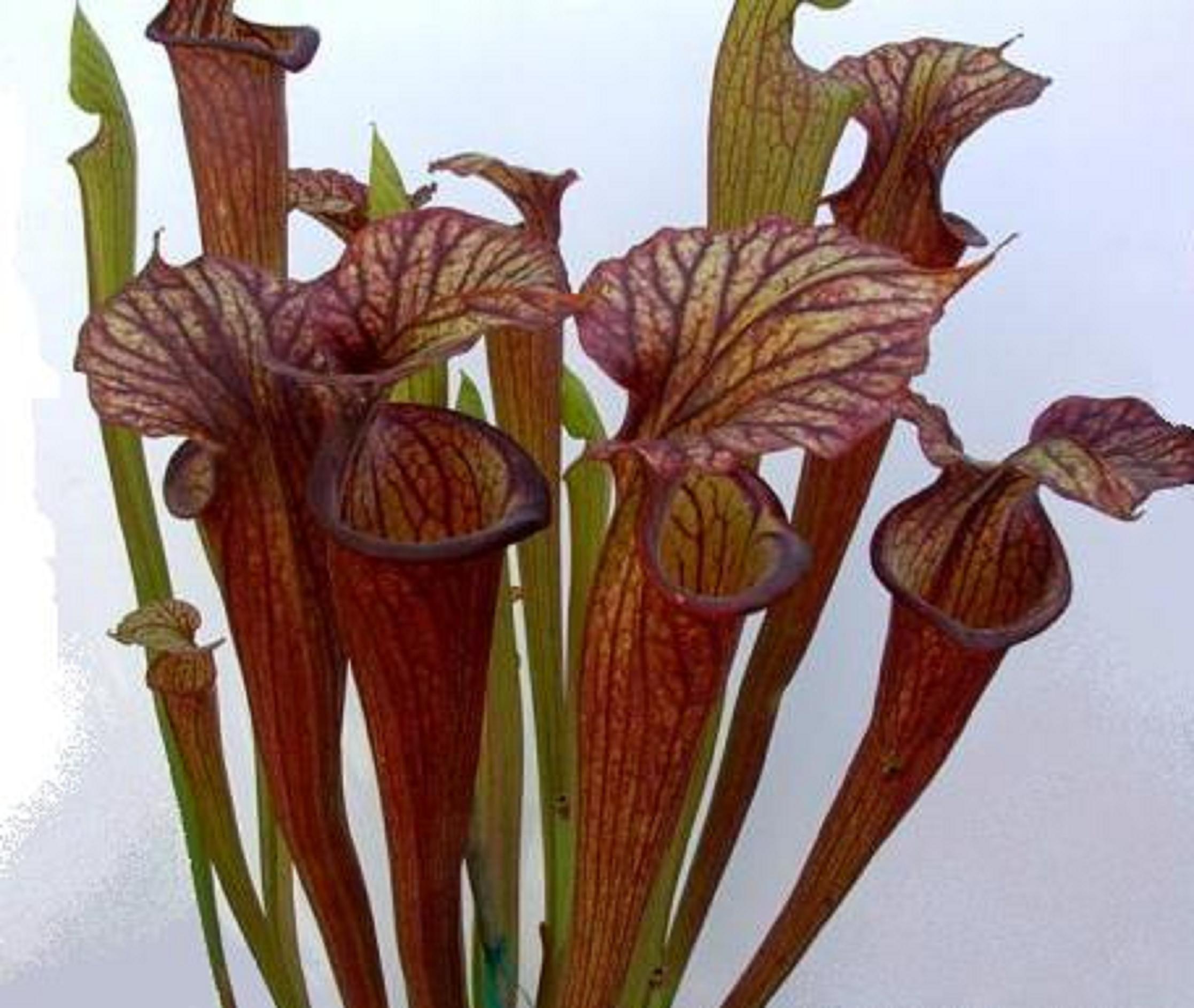 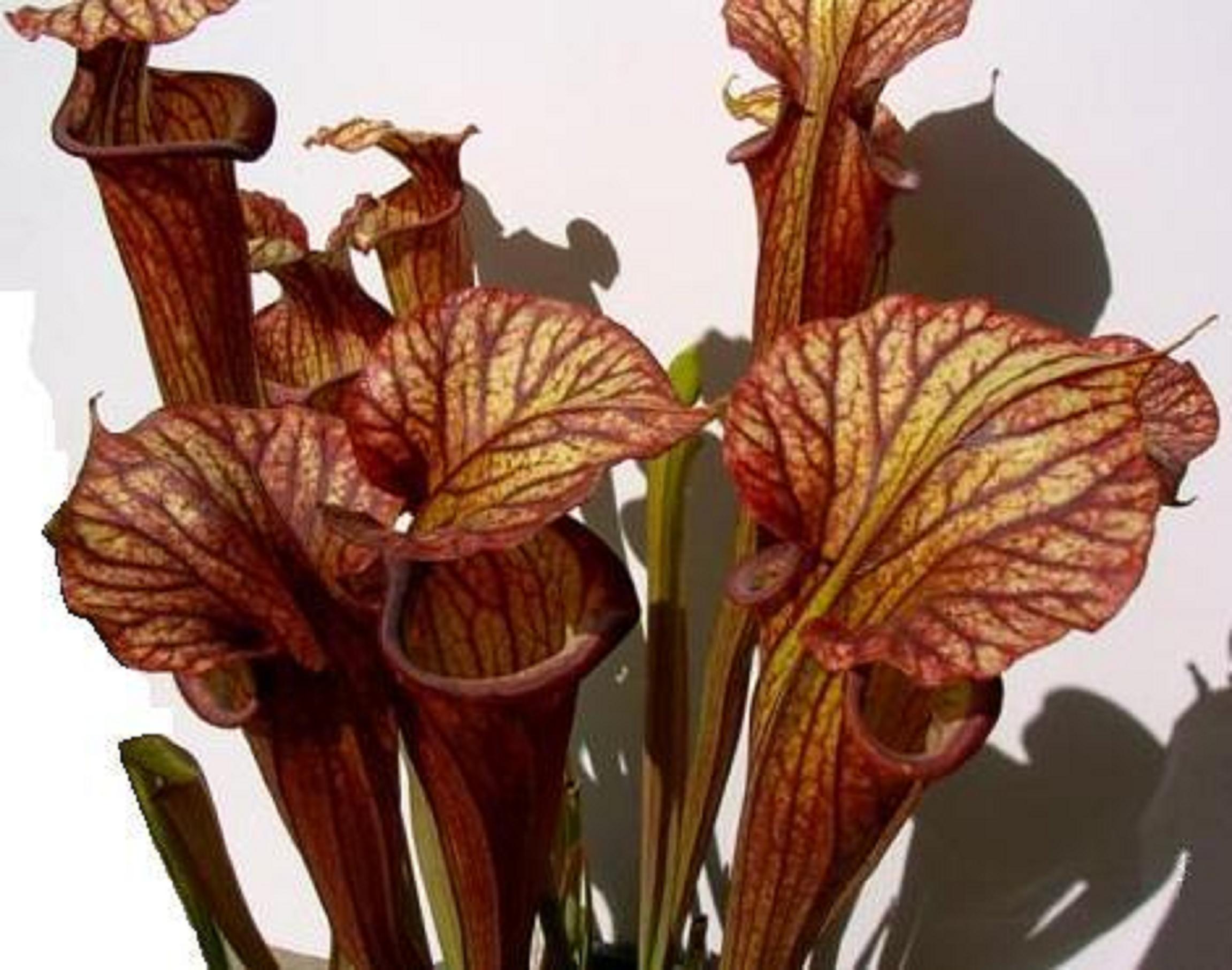
Figure 4: Sarracenia ‘Mesa Exotics’.
Sarracenia ‘Stingray’
Submitted: 12 June 2013
Sarracenia ‘Stingray’ (Fig. 5) is a highly complex hybrid of S. [(rubra × oreophila) × (purpurea subsp. venosa × leucophylla)] × ‘Judith Hindle’ which I made in the spring of 2003. The resulting seed was grown and this extraordinary individual was selected in 2008 and finally named in 2013. It had previously existed in my and others’ collections.
Adult pitchers are 40-50 cm tall and 4-6 cm wide at the mouth. The large, ruffled, white hood is held high on a 4-6 cm tall extended neck and is slightly overlapping with deep red veining outlining the brilliant white areolae and is beautifully suffused with varying shades of green and gold. New pitchers are flushed light pink when they first open then age to bright green heavily overlaid in the upper, outer throat region with white areolae outlined in red. The nectar roll is deep red as the pitchers age and this red color extends down the ala giving the plant a vertical red striped effect. As the pitchers age the areolae in the hood become a brilliant, sparkling white with red veining and buttery gold highlights filling in the spaces between them.
Flowers are peach overlaid with light pink and are beautifully striped red on the outer sepals. Propagation must be via division and cuttings in order to maintain the plant’s unique features.
This cultivar’s large, undulating hood reminds me of the graceful waving motion of the wings of a swimming stingray which was the inspiration for its name.
—Phil Faulisi • Santa Clara County • California • USA • phil@usasportsgilroy.com
 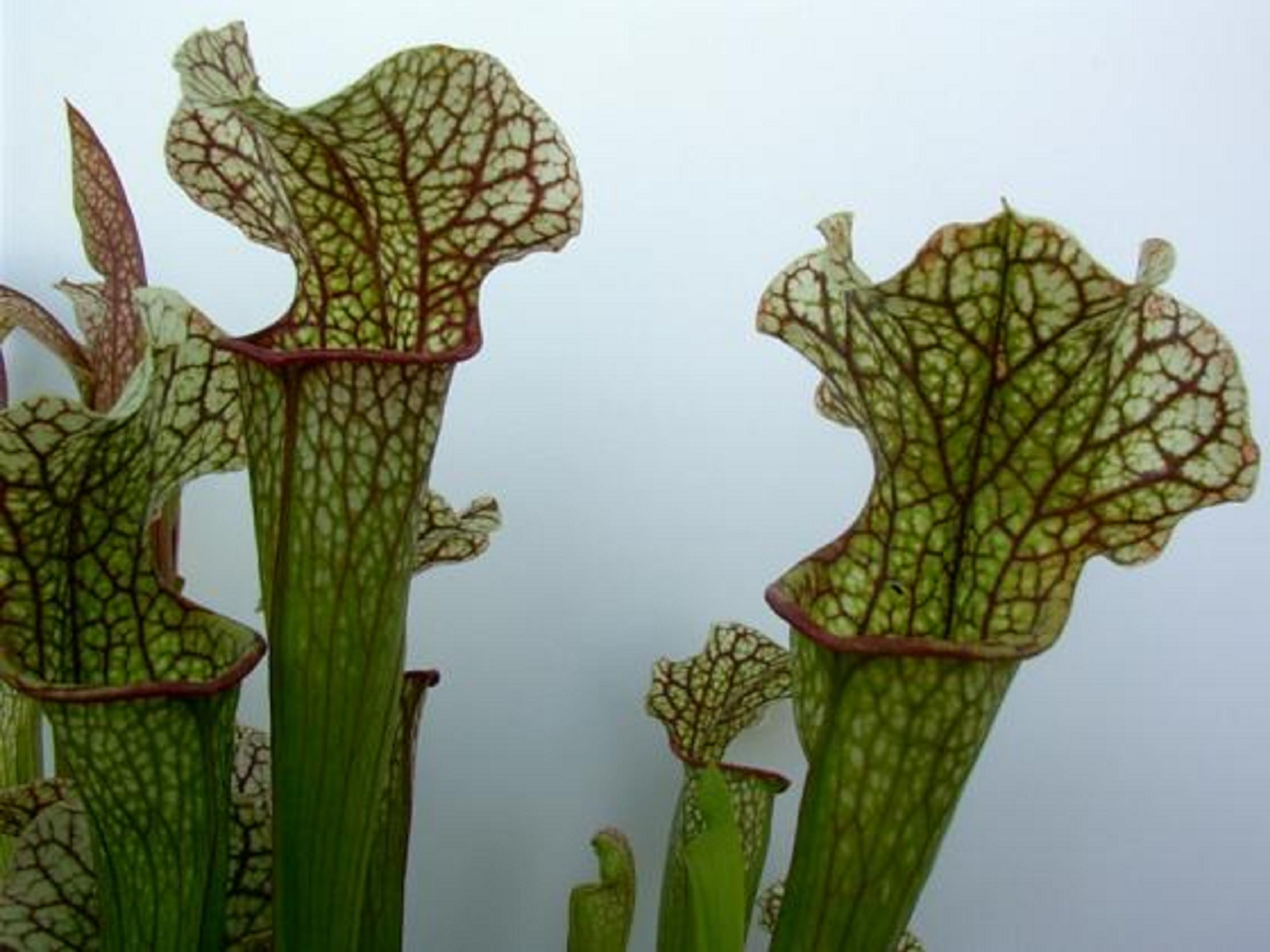
Figure 5: Sarracenia ‘Stingray’.
Sarracenia ‘Vintner’s Treasure’
Submitted: 12 June 2013
Sarracenia ‘Vintner’s Treasure’ (Fig. 6) is a primary S. moorei hybrid of S. leucophylla × flava
var. ornata which I made in the spring of 2005 and selected in 2008.
This is a very vigorous and hefty pitcher plant reaching heights of 80 cm or more on well-established older plants. High ambient humidity during the growing season ensures big, robust pitcher growth. Pitchers start out green overlaid with a medium red with a scattering of white areolae directly under the nectar roll extending downward 4-7.5 cm. The hood is heavily marbled with pink/red veins and large white areolae which later become pink and red flushed. The hood is large and heavily ruffled approximately 10-15 cm wide from side to side and 10-15 cm long from the back to the front. The fluted mouth attains comparable sizing with the hood and has a very smooth and glossy appearance.
As the pitchers mature they take on a darker green color suffused with varying shades of deep red, especially in the uppermost regions below the mouth, with an intensely shimmering, deep plum purple throat which extends down the interior length of the neck for some distance. The effect is stunning in bright light. In late summer, a secondary set of pitchers are produced that are nearly equal in size and development to the early season’s first pitchers.
Flowers are red and typical for a S. moorei. Propagation must be via division and cuttings in order to maintain this plant’s unique features. This cultivar’s epithet pays homage to my favorite vini (wine) colored Paphiopedilum orchid with which it shares similar colors.
—Phil Faulisi • Santa Clara County • California • USA • phil@usasportsgilroy.com
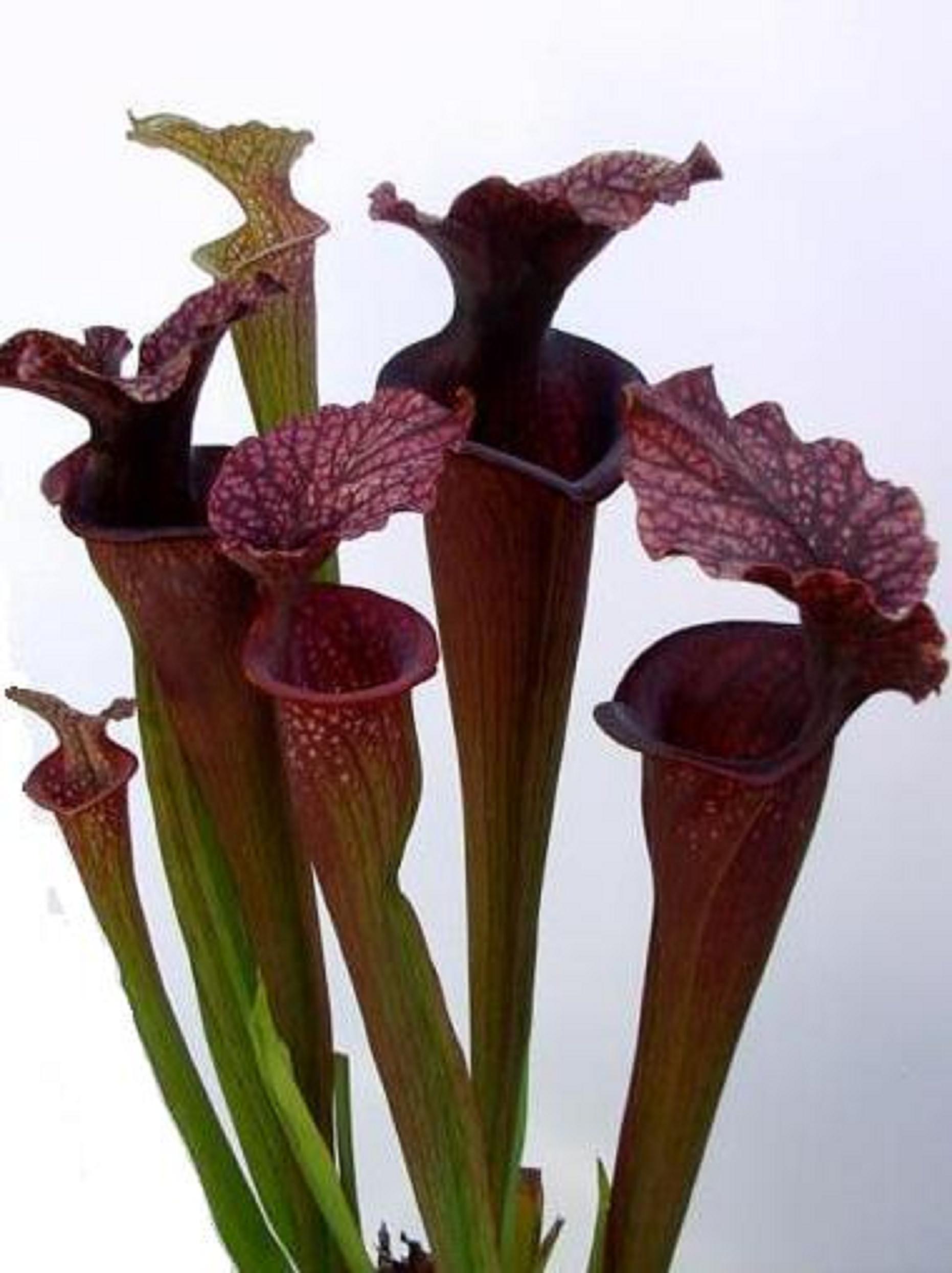 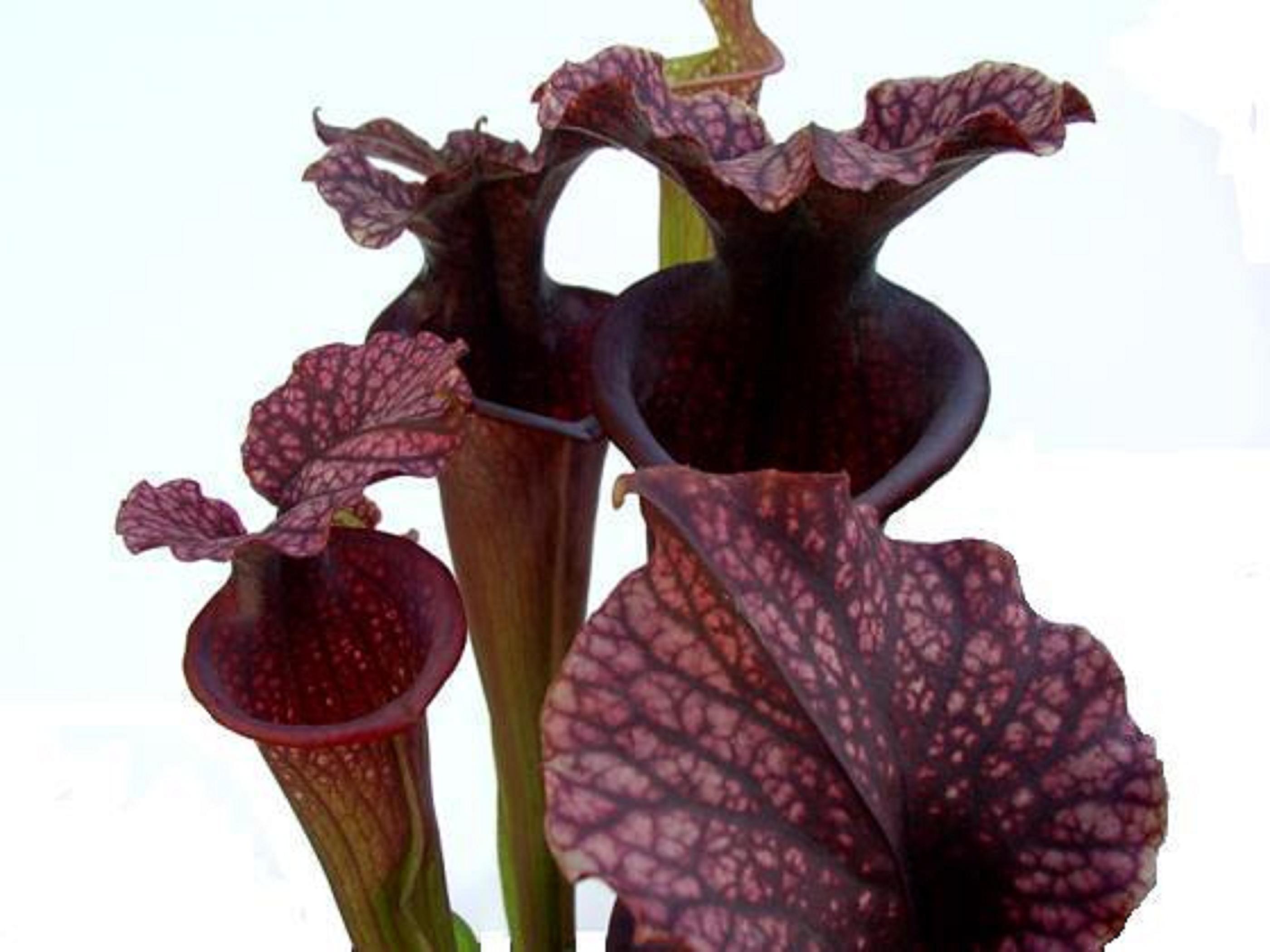
Figure 6: Sarracenia ‘Vintner’s Treasure’.
Dionaea ‘Cheerleader’
Submitted: 29 June 2013
The parent plant was discovered in early spring 2009, while visiting Lois Ochs extensive carnivorous plant collection at her nursery in Penngrove, California. Lois indicated this unusual Venus Flytrap with fuzzy traps was originally given to her by another Bay Area Carnivorous Plant Society member Mike Wang.
A few weeks later, Lois gave me a flower stalk from the plant, which I placed into tissue culture. The culture was successful, and during summer 2010, subsequent subculturing resulted in a few jars of cloned plantlets (Fig. 7). I had Lois deflask, transplant, and save a few of the clones, which she returned to me later that summer.
During the late summer/fall, one of the specimens began to grow much larger and faster than the others. As it grew, I noticed the successively emerging traps were losing the fuzzy appearance, and eventually newly emerging traps began to look “normal”, with smooth outer lobes and long protruding teeth on the outer margins. Eventually, the entire plant was producing “normal” looking leaf traps.
In late April 2012, this larger specimen with normal looking traps had developed additional offshoots with the distinctive “fuzzy” traps (Fig. 7). This is the typical growth behavior of Dionaea
‘Cheerleader’ – that is, fuzzy traps appear each spring as the plant emerges from dormancy and new offshoots develop. These fuzzy traps do not grow into normal traps, but eventually die, while, as the season progresses, additional newly emerging traps grow into normal traps. This leads me to believe that the genes responsible for the “fuzzy” traps are present and for some reason get “switched off ” when the plant reaches a certain size, age, or stage of development, but can be re-activated in new young offshoots, divisions, leaf pullings, or in young plantlets propagated through tissue culture. The annual recurrent pattern of fuzzy traps in mature plants of this cultivar has been replicated by several growers.
The flower appears to be normally formed (Fig. 9).
Plants with fuzzy traps have commonly been discussed since at least 2001 using local names such as “PomPom”, “Hedgehog”, or “Scrub Brush”, but the fuzzy traps on these plants have been reported to eventually give way to plants with normal traps. Further, I am not aware of any publications reporting that fuzzy traps reappear in subsequent years as the plants emerge from dormancy or produce offshoots. These common names have never been formally registered with the International Cultivar Registration Authority (ICRA).
The name Dionaea ‘Cheerleader’ was coined on 10 April 2013 because the roundish fuzzy traps are reminiscent of the pom poms used by cheerleaders. Dionaea ‘Cheerleader’ must be propagated by vegetative means to maintain its characteristics.
—David Conner • Fairfield • California • USA • dconnercps@sbcglobal.net
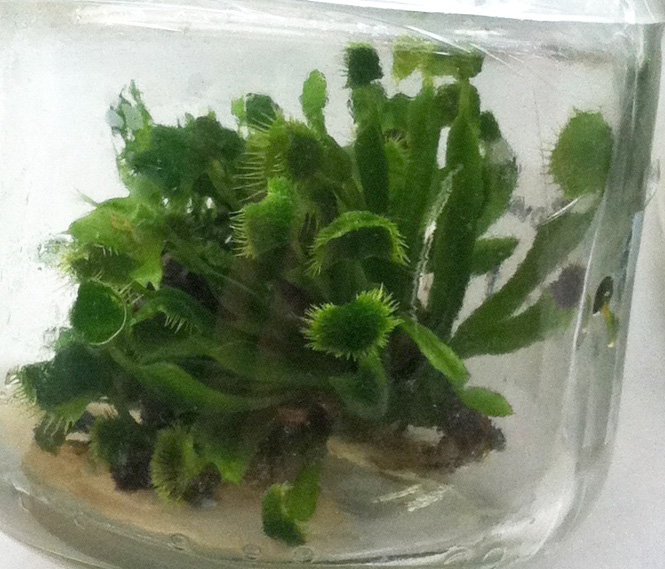 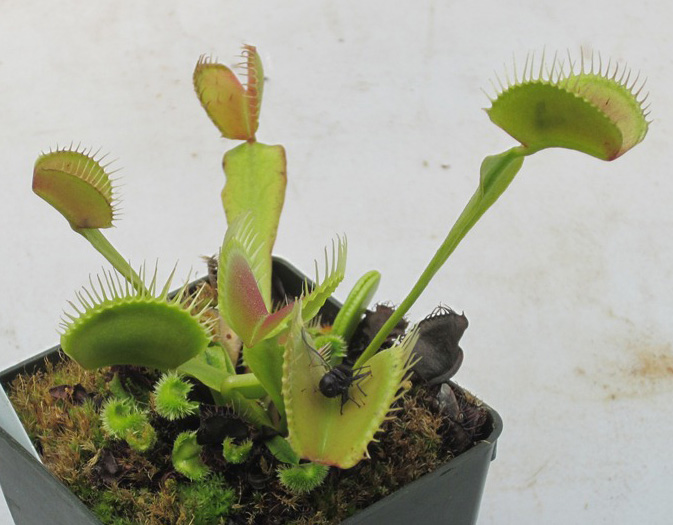
Figure 7: A flask of tissue cultured plants showing the fuzzy traps (left); mature Dionaea
‘Cheerleader’ plant with normal traps and new fuzzy traps on rhizome offshoots (right).
Dionaea ‘St. Patrick’s Beard’
Submitted: 29 June 2013
Dionaea ‘St. Patrick’s Beard’ is a tissue culture sport from a Dionaea ‘Cheerleader’ (described above). During spring 2011, a large Dionaea ‘Cheerleader’ with traps that ranged from fuzzy to normal looking traps (Fig. 7) produced a flower stalk with normal looking flowers (Fig. 9) which was placed into tissue culture. The resulting jars of subcultured plantlets were largely neglected until early 2012, when many of the plantlets had died. The remaining live plantlets were finally deflasked and transplanted. Many of the intermediate transitioning traps had remnants of the fuzz, in the form of raised striations on the outer lobes, oriented vertically from the trap midrib to the outer margin, and a massed clump of spike-like protrusions near the base of the trap, giving the appearance of a “beard”. The traps on one of these plants had an appearance somewhat resembling a strange combination of Dionaea ‘Cupped Trap’ and Dionaea ‘Wacky Traps’. This is the cultivar Dionaea ‘St. Patrick’s Beard’ (Fig. 8). The flower petals are narrower than those of “normal” Dionaea (Fig. 9), but wider than those of ‘Wacky Traps’ (Fig. 10). Also, the stigma seems to be deformed similar to that reported for ‘Wacky Traps’. The plant has been grown in several collections and the characteristics are stable.
Dionaea ‘St. Patrick’s Beard’ is named for the downward pointing beard-like protrusions present on the base of intermediate traps transitioning from entirely “fuzzy” backed traps toward “normal” looking traps, the predominantly all-green color of the plant, and St. Patrick’s day 17 March 2011, the date I introduced this cultivar into tissue culture propagation.
Vegetative propagation is necessary to maintain the unique characteristics of this plant.
—David Conner • Fairfield • California • USA • dconnercps@sbcglobal.net
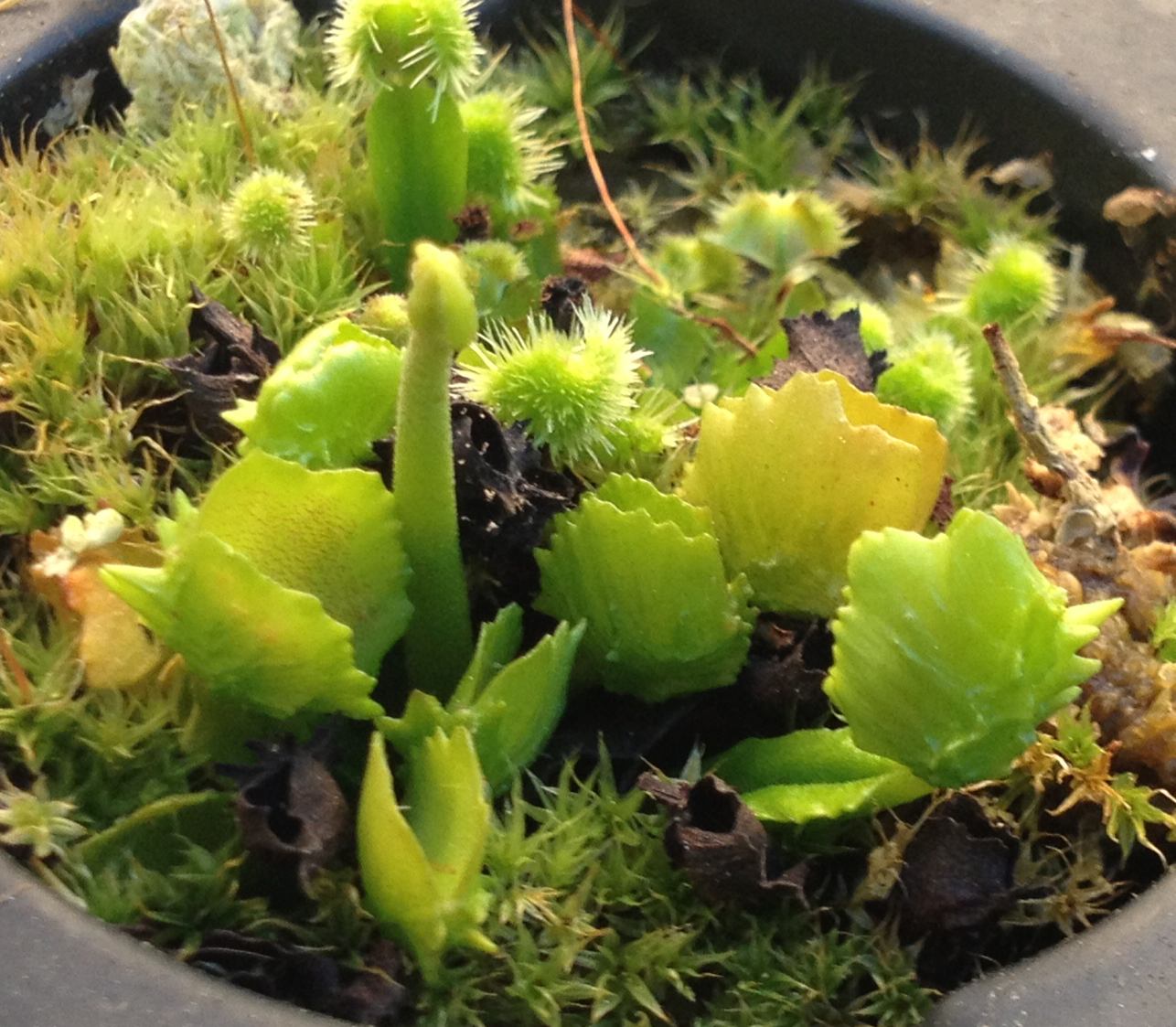 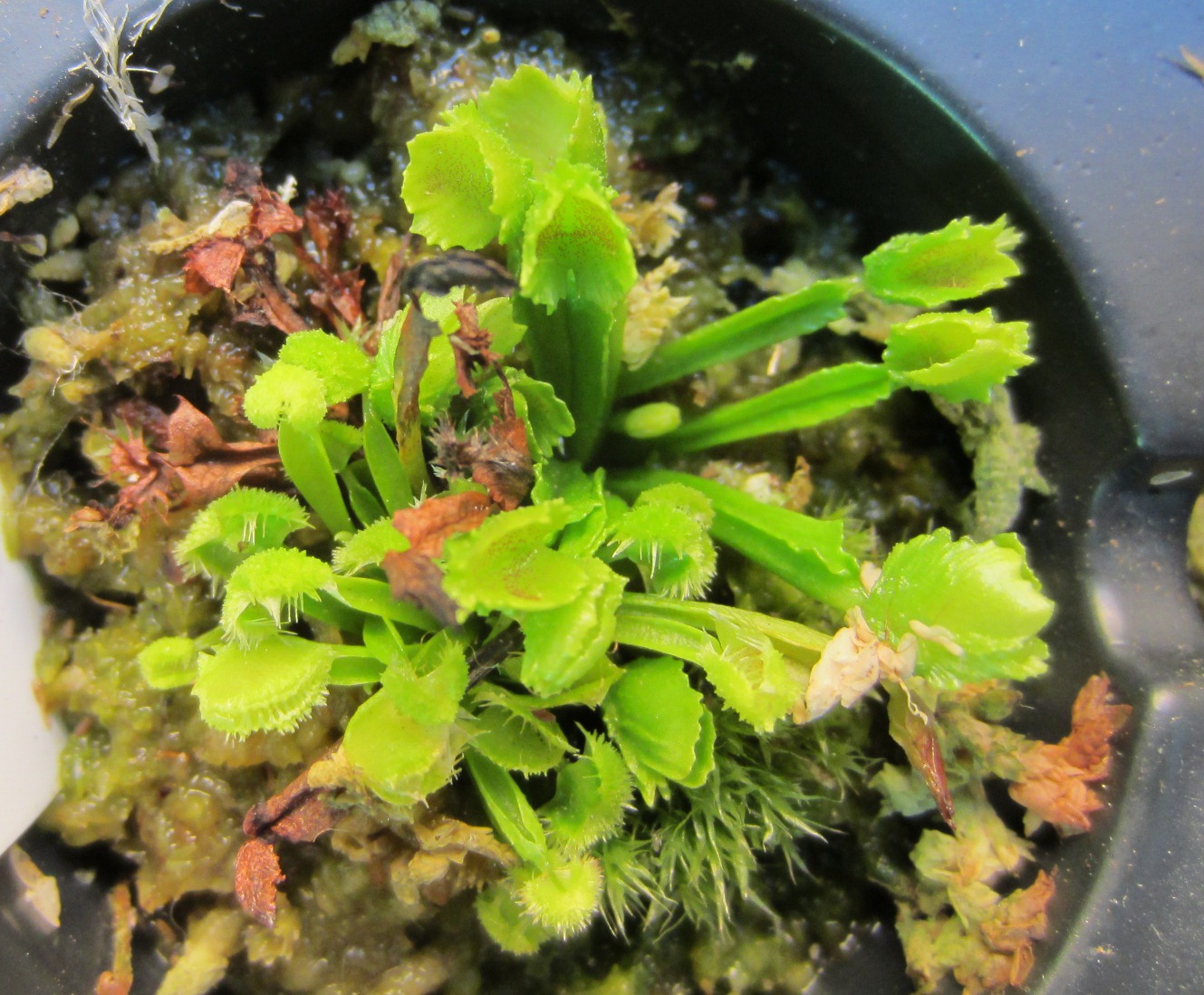
Figure 8: Dionaea ‘St. Patrick’s Beard’ has downward pointing beard-like protrusions on the base of intermediate traps transitioning from entirely “fuzzy” backed traps toward traps somewhat resembling a strange combination of Dionaea ‘Cupped Trap’ and Dionaea ‘Wacky Traps’.
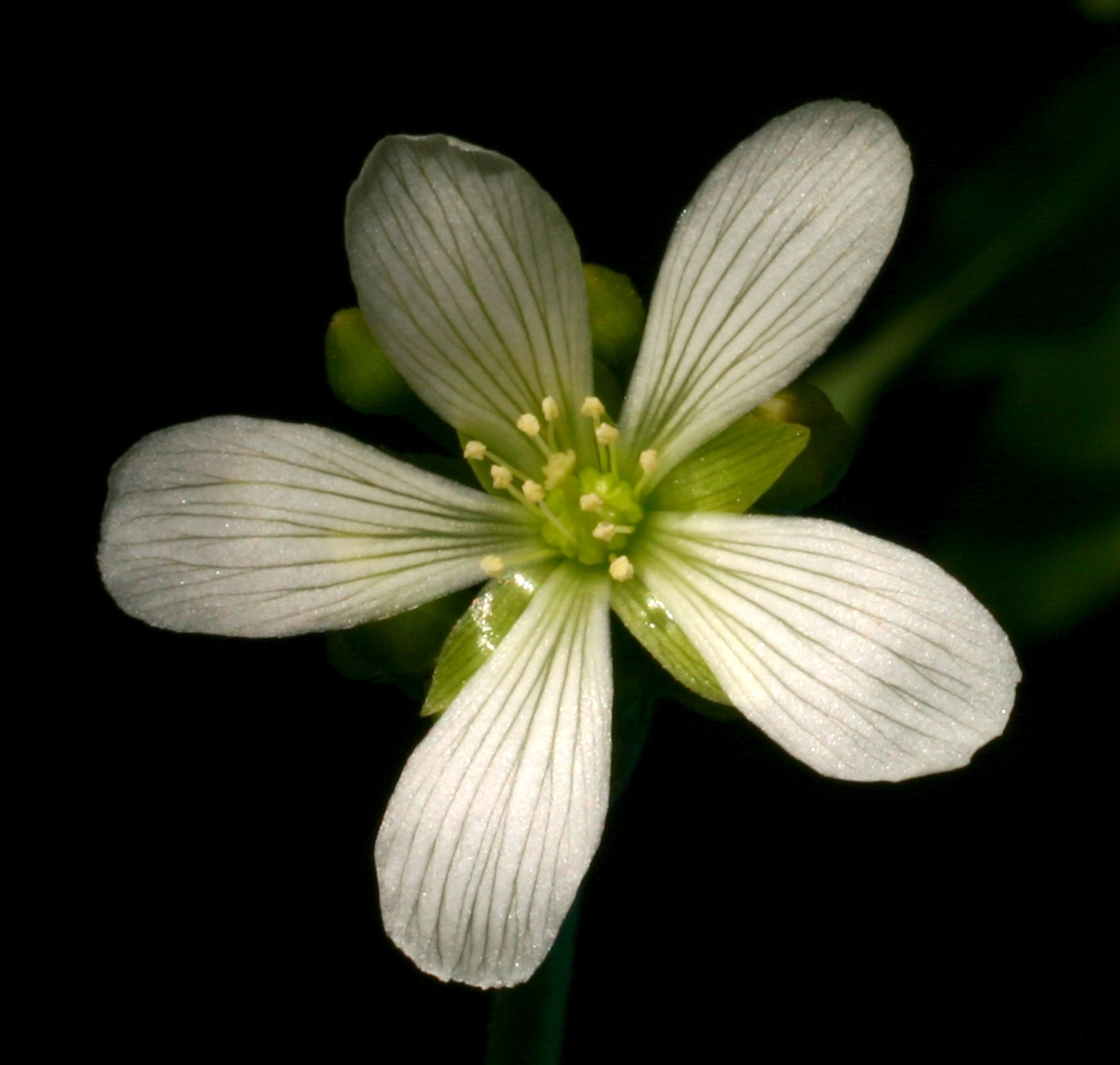 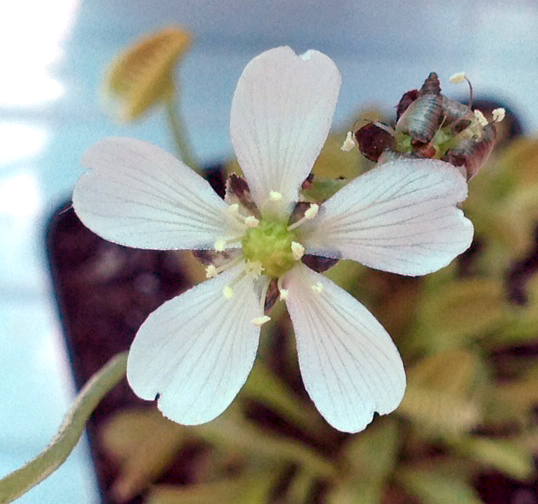
Figure 9: Dionaea flowers: typical (left) and ‘Cheerleader’ (right).
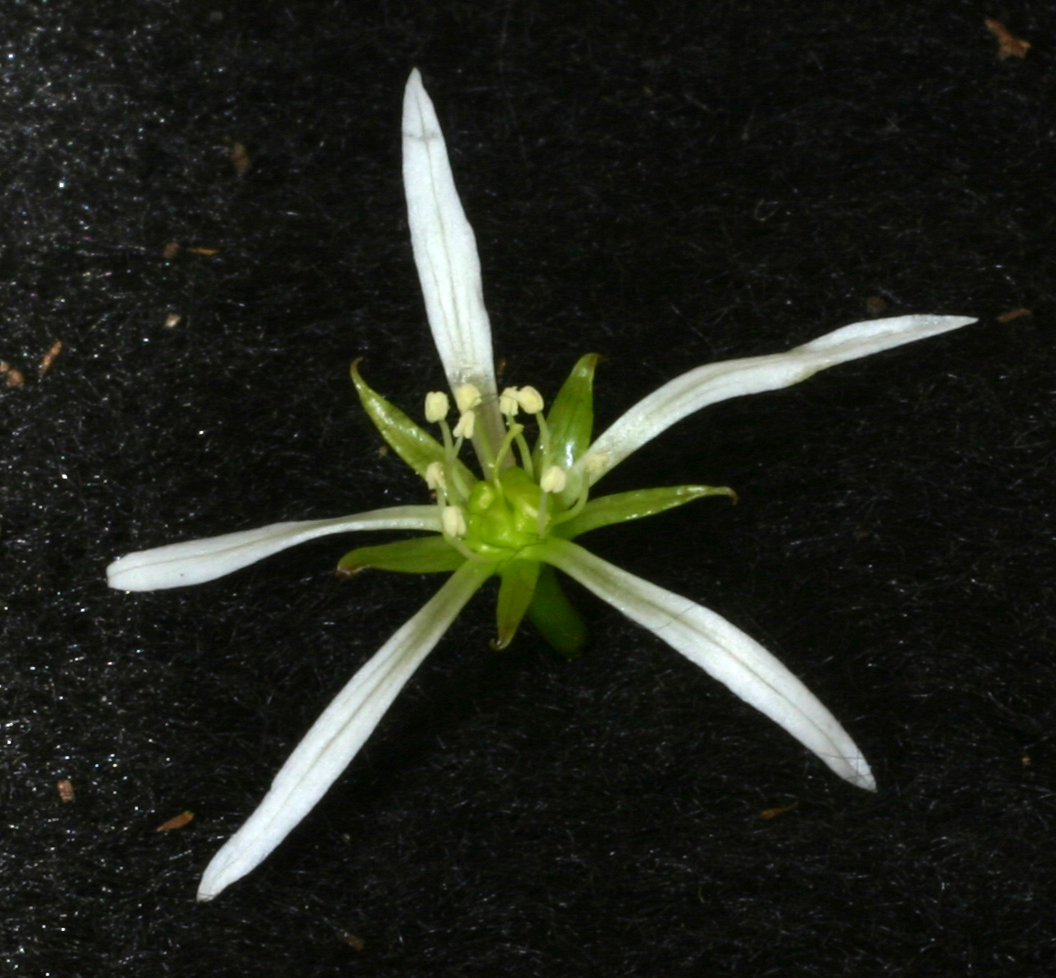 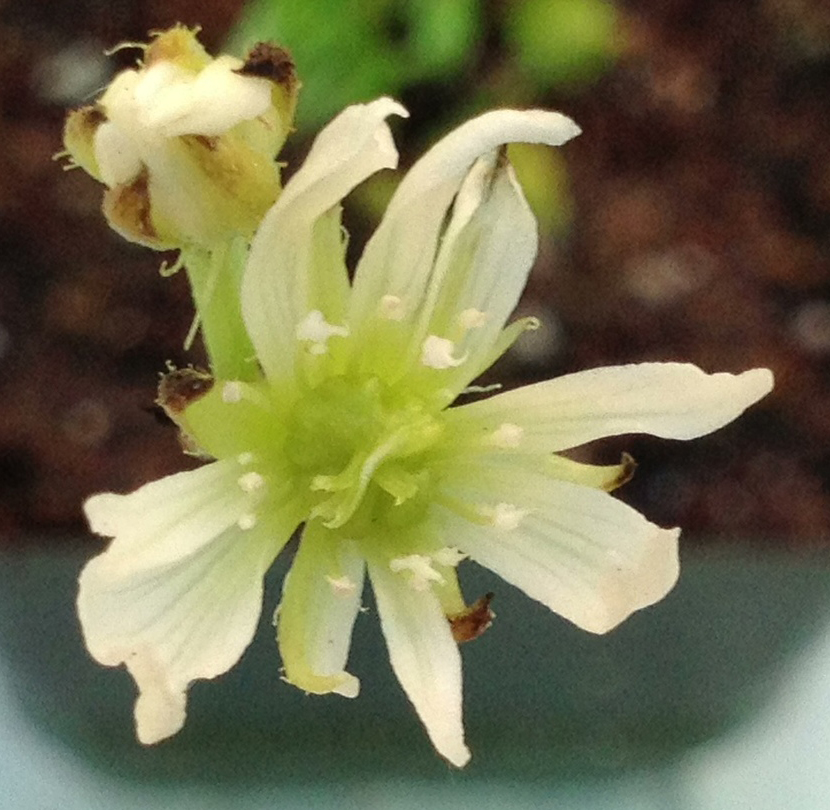
Figure 10: Dionaea flowers: ‘Wacky Traps’ (left) and ‘St. Patrick’s Beard’ (right).
|

